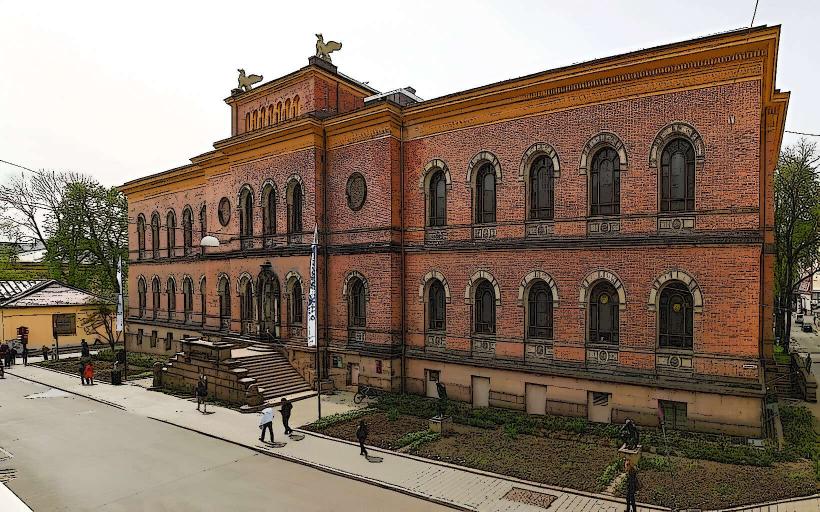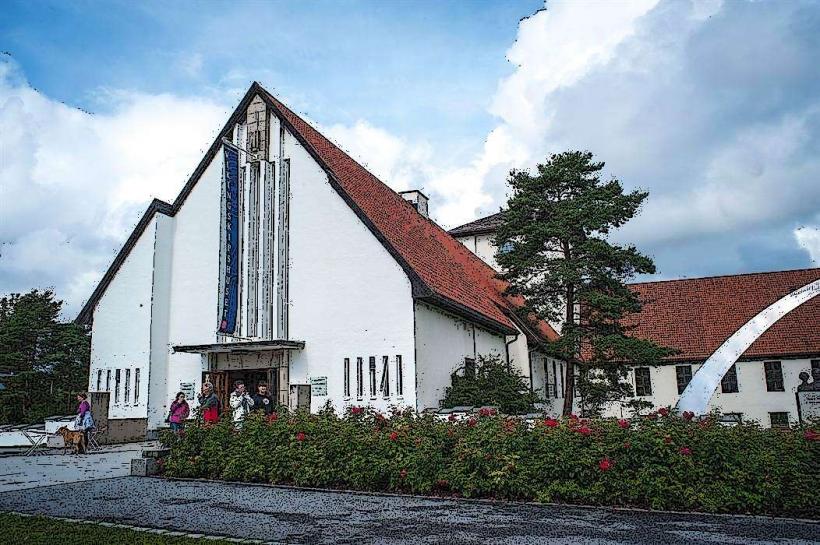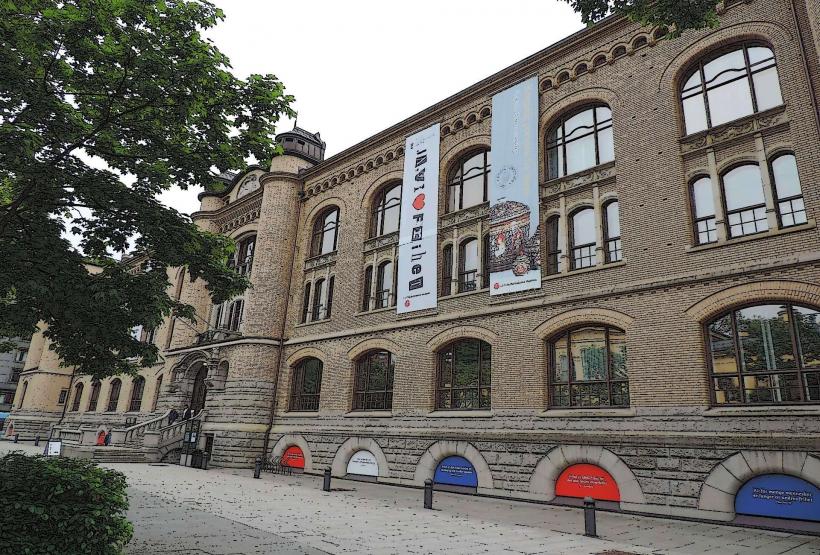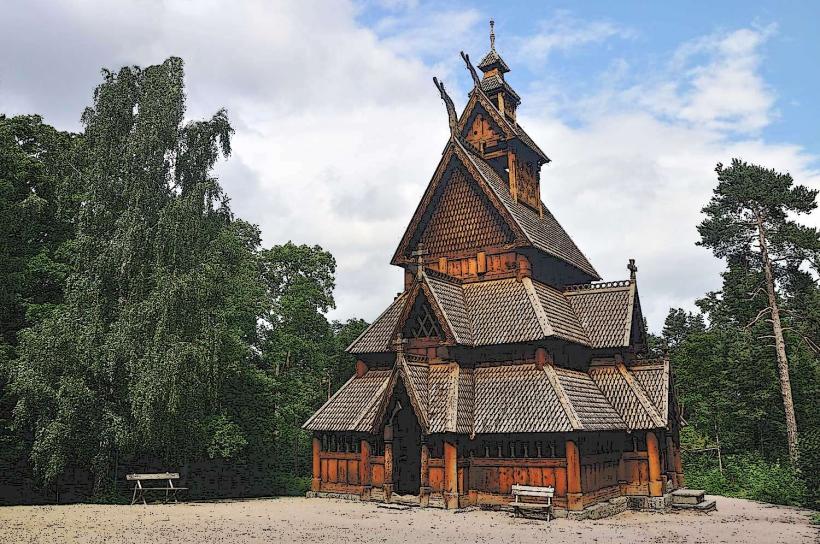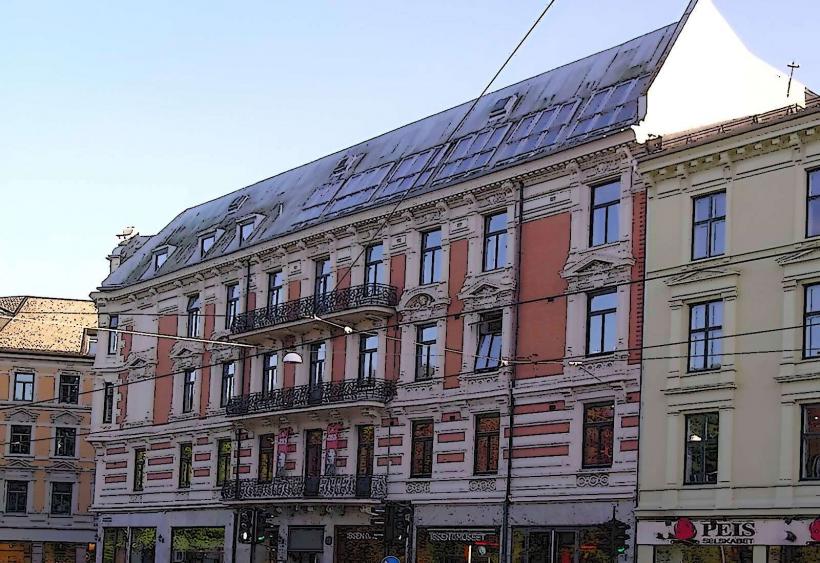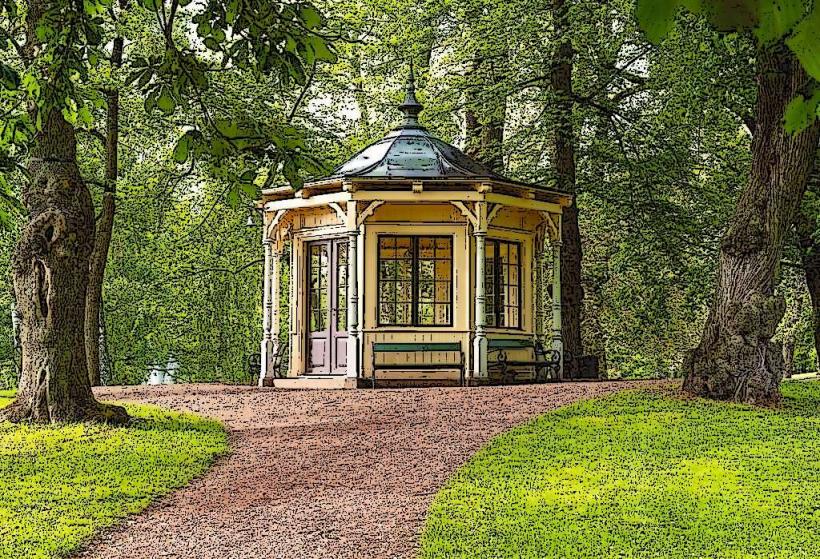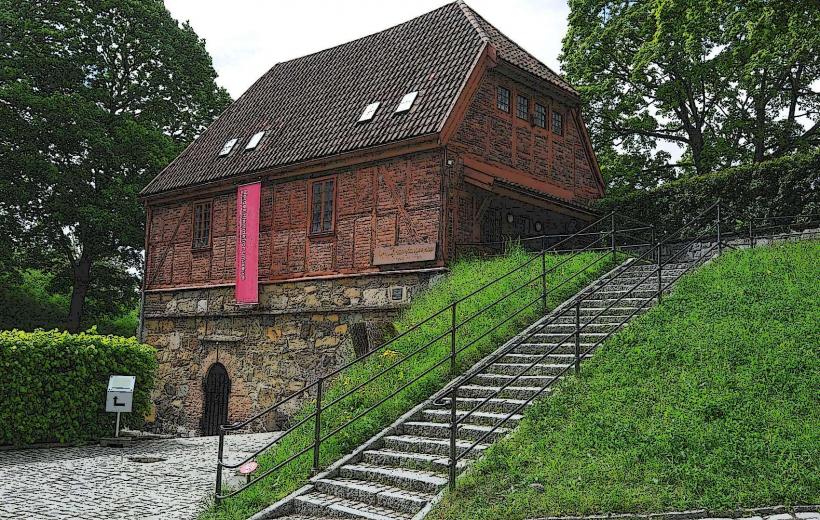Information
Landmark: Akershus FortressCity: Oslo
Country: Norway
Continent: Europe
Akershus Fortress (Akershus Festning) is a medieval castle and fortress in Oslo, Norway, with a history spanning over 700 years. It has served as a royal residence, military stronghold, prison, and now a historical and cultural site. Located on a strategic promontory overlooking the Oslofjord, it is one of Oslo's most significant landmarks. Here's a detailed overview:
Historical Background
Construction:
- Built in the late 1290s under King Håkon V to defend Oslo from invaders.
- Initially a medieval castle, it was fortified over centuries into a Renaissance-style fortress.
Strategic Importance:
- Protected Oslo against numerous sieges, including attacks by Swedish forces in the 16th and 17th centuries.
- Played a central role in Norway's military and political history.
Evolution:
- Upgraded during the reign of King Christian IV in the early 17th century, incorporating Renaissance elements.
- Served as a royal residence until the 19th century.
Architecture
Medieval Castle:
- Features a central keep, tall stone walls, and defensive towers typical of medieval fortifications.
- The interior includes banquet halls, dungeons, and royal chambers.
Renaissance Additions:
- King Christian IV's renovations added decorative elements, large windows, and improved living quarters.
- Features such as the King’s Hall and Queen’s Hall reflect Renaissance influence.
Fortifications:
- Bastions, moats, and cannon placements were added over time, making it a formidable military structure.
Key Attractions
Akershus Castle (Akershus Slott):
- The heart of the fortress, where visitors can explore medieval rooms, halls, and dungeons.
- Houses the Royal Mausoleum, the final resting place of Norwegian monarchs like King Haakon VII and Queen Maud.
Norwegian Armed Forces Museum (Forsvarsmuseet):
- Chronicles Norway’s military history, featuring weapons, uniforms, and artifacts.
Norwegian Resistance Museum (Hjemmefrontmuseet):
- Focuses on Norway’s resistance movement during World War II.
- Located within the fortress walls, it showcases stories of bravery and struggle against German occupation.
Fortress Grounds:
- Open to the public and offer stunning views of the Oslofjord.
- Features statues, cannons, and historical markers.
Role in World War II
- During the German occupation of Norway (1940–1945), Akershus Fortress was used as a Nazi prison.
- It witnessed executions of resistance members and collaborators.
- After the war, it hosted trials and executions of Nazi collaborators.
Cultural Significance
Symbol of National Pride:
- Represents Norway's resilience and independence.
- Plays a role in ceremonial events, such as military parades and commemorations.
Tourist Attraction:
- A popular historical site, attracting visitors interested in medieval history, architecture, and Norwegian heritage.
Modern Usage
- Still functions as a military base and hosts official government and royal events.
- Home to the office of the Norwegian Armed Forces and occasional concerts and performances.
Visiting Information
- Location: Centrally located near Oslo’s harbor, close to the Oslo City Hall.
- Access: Walkable from downtown Oslo; well-connected by public transport.
- Hours: The fortress grounds are open year-round. Museums and castle interiors have specific seasonal hours.
- Admission: Entry to the grounds is free; museum visits may require tickets.
Interesting Facts
- Legends: The fortress is rumored to be haunted, with stories of ghosts like the "Mauled Dog" (Den Gjenganger Hunden) guarding its gates.
- Panoramic Views: Offers one of the best views of the Oslofjord and the city skyline.
- Filming Location: Its dramatic architecture has made it a backdrop for various films and events.
Akershus Fortress is not just a historical monument but a vibrant part of Oslo’s identity, offering a blend of history, culture, and stunning scenery.




